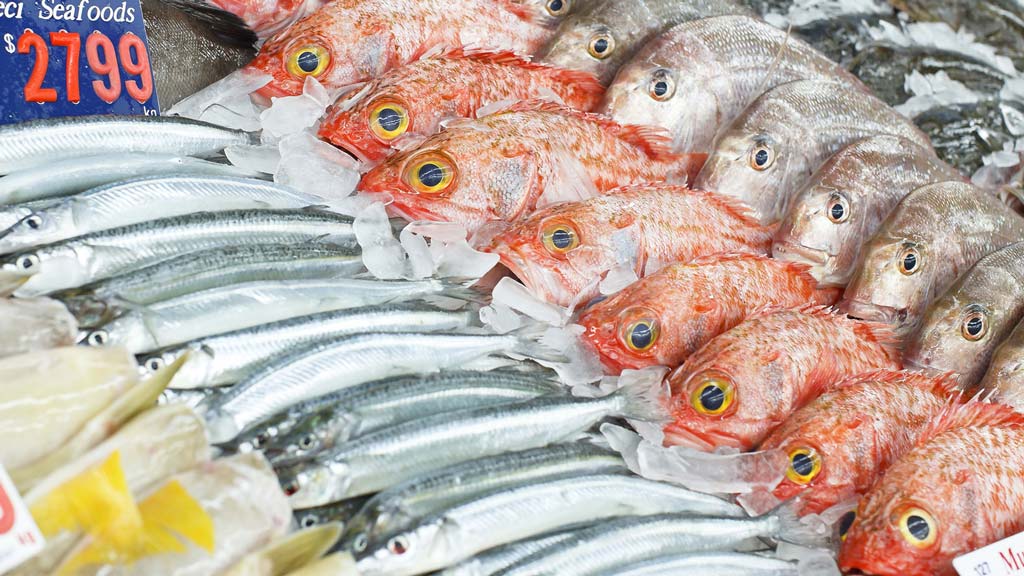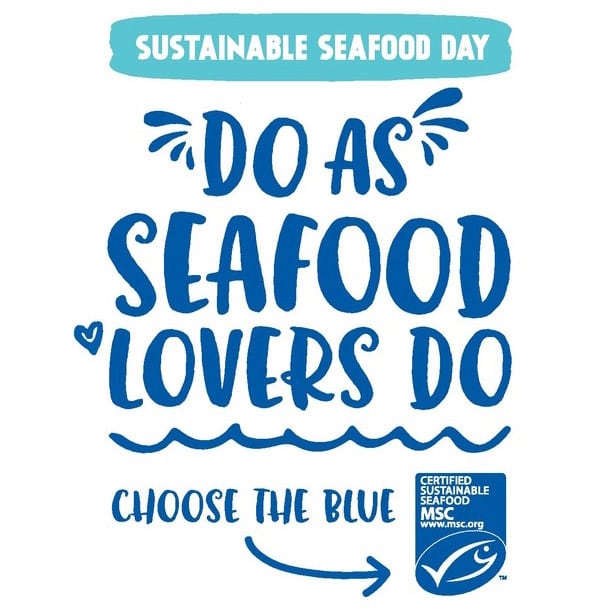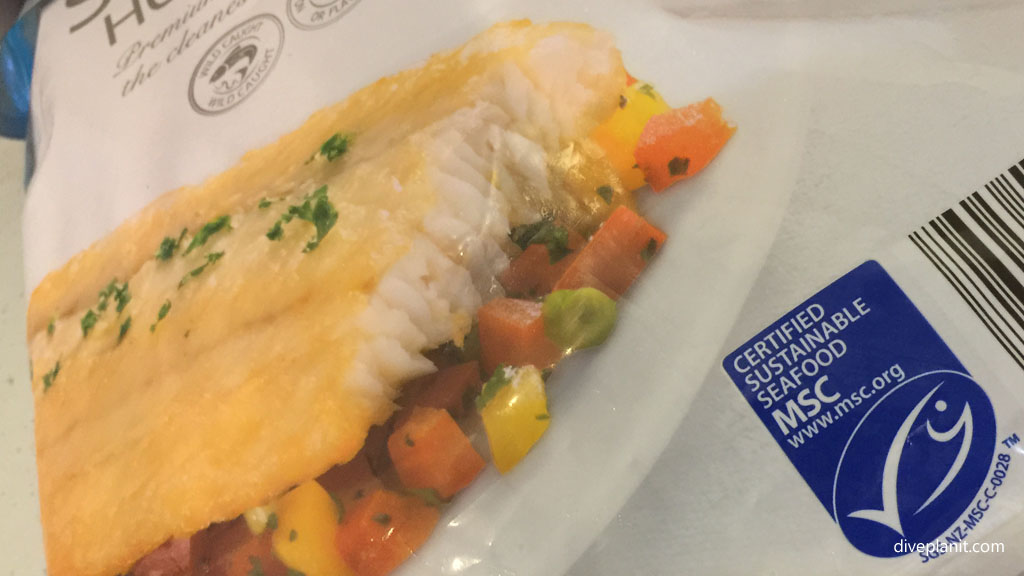Finding sustainable seafood is getting easier thanks to the work of Marine Stewardship Council (MSC) who are addressing the problem of unsustainable fishing, and at the same time labelling seafood that has come from certifiably sustainable stocks to make it easy for you to make the right choices.
Video Explainer
Though you might think this should be an easy thing to do, there are some challenges, and the MSC has its work cut out for it – but significant progress is being made. Here’s a little video explainer of what’s been achieved so far.
Challenges certifying seafood as sustainable
There are some challenges being able to certify a particular seafood as sustainable. Not least of which is because three quarters of all Australia’s seafood is imported, often through fragmented and irregular channels, and because of a practice known as transshipping, which facilitates the laundering of illegally caught fish. Even suppliers struggle to offer detailed information about the product they sell; and names are changed to protect the innocent (and guilty). For example:
- Flathead is not the Australian Flathead;
- Deep Sea Perch is often Orange Roughy – a species under threat in some areas
- and Flake is shark often containing amounts of mercury that make it unsuitable for children or pregnant women.
Oceana did a study that found one third of seafood in restaurants is mislabelled. While 99.6% of MSC seafood is labelled correctly.
Label My Fish
Despite a 2014 campaign called ‘Label my Fish’ by a broad church of supporters from celebrity chefs to suppliers in the Australian industry and a Senate Enquiry in 2014 that recommended seafood be labelled with at least the Country of Origin (CoOL), our Government decided in June 2016 not to bite the bullet and kept seafood exempt from labelling.
So what’s the answer?
The Marine Stewardship Council (MSC) is an international non-profit organisation established to address the problem of unsustainable fishing and safeguard seafood supplies for the future.
MSC works internationally to help create certifiably sustainable fisheries, and then works in the supply chain to label that seafood so that you know the fish you’re buying is from a sustainable source.
When you buy MSC labelled seafood you can be confident that:
- The population is healthy
- The Impact on the marine ecosystem is minimal
- The fishery is well managed
Where can you find the MSC ecolabel?
In Australia right now, mainly on canned seafood and in the freezer section of Coles, Woolies, Aldi and Ikea. Unfortunately rarely at the fresh fish counters, though you can find MSC certified Australia banana prawns in Coles deli counters. But make a point of asking anyway – you might get lucky – and at least it sends the message that customers care.
And in which two dining establishments in Australia can you guaranteed to be served certified sustainable fish? Taronga Zoo and Sydney Aquarium. That is a sad fact. But don’t despair, we know the MSC is working with a few suppliers and restaurants to change that, for example in the Northern Beaches sustainable seafood trial. Once people start having a choice they vote with their wallets. Watch this space as we’ll be listing any establishments serving certified sustainable seafood soon.
Waves for Change
Another initiate is Sustainable Seafood Day (SSD), an annual event hosted by the MSC to celebrate certified fisheries, brands, retailers, chefs, celebrities, restaurants and other organisations that support MSC’s mission of providing seafood for generations to come.
This year Sustainable Seafood Day is Friday 31 March, but don’t have to wait until then. We encourage you to host a sustainable seafood dinner anytime until 31 March to celebrate. Check out some ideas at:
Webpage: https://www.msc.org/cook-eat-enjoy/ssd
Facebook: MSC in Australia
Instagram: @loveoceanlovefood
Twitter: MSC in Australia






